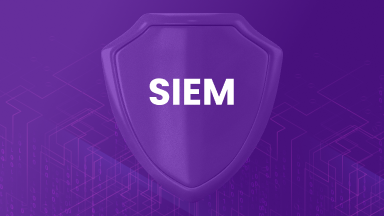Acoustic Infiltrations and Ransomware Implications
In the cybersecurity ecosystem, some threats emerge in the limelight while others lurk in the shadows. Acoustic side-channel attacks, fueled by deep learning and ever-present microphones in almost everything we own, have recently emerged from obscurity. Parallelly, the persistent onslaught of ransomware attacks serves as a reminder that both the overt and covert cyber threats demand equal attention. Both underline a singular message: our data, more than ever, is in the crosshairs.
The Pioneering Research
Leading British universities have spotlighted the nuances of these side-channel threats:
- Joshua Harrison from Durham University
- Ehsan Toreini from the University of Surrey
- Maryam Mehrnezhad from Royal Holloway University of London
Their work on a new deep learning model uncovers an alarming capability: using the microphones in our mobile phones to classify laptop keystrokes with up to 95% accuracy. This precision, especially when intertwined with ransomware’s mission of data encryption and extortion, paints a grim picture of the potential combined threats.
A Dual Threat Landscape
At the heart of acoustic side-channel attacks are:
- Passwords
- Confidential discussions
- Messages
- And a huge spectrum of sensitive data
These cyber vulnerabilities aren’t just about eavesdropping; they’re gateways. Once attackers gain insights, especially passwords, they can unleash crippling attacks such as ransomware, holding invaluable data hostage.
Deciphering the Attack
These acoustic infiltrations cleverly exploit ever-present microphones, transforming seemingly harmless computers and smart devices into digital spies. When juxtaposed with ransomware’s in-your-face style, the stealthy nature of side-channel attacks presents a more nuanced threat.
A New Benchmark in Threat Accuracy
CoAtNet’s accuracy metrics set a new bar in threat detection:
- 95% from smartphone recordings
- 93% from Zoom
- 91.7% from Skype captures
This suggests a future where ransomware attacks may use such data as a precursor to larger, more targeted assaults.
Strengthening Defenses
With the escalating risk of acoustic side-channel and ransomware attacks, our stance is clear: proactive measures are vital. Recommendations include:
- Typing Styles: alter them or use randomized passwords to deter malicious actors from using acoustic side-channel attacks.
- Sound Obfuscation: employ software-based replication of keystroke sounds, white noise, or audio filters.
- Biometric Authentication: opt for biometric methods when possible.
- Robust Password Managers: ensure they’re in use for protecting credentials.
- Resilient Data Protection: implement a resilient recovery strategy based on 3-2-1-1-0 backup best practices:
- 3 copies of data (1 primary copy and 2 backups)
- On 2 different media
- With 1 copy being off-site
- 1 copy being offline, air-gapped, or immutable
- And 0 errors with recovery verification
What This Means
In the matrixed threat of acoustic side-channel attacks and ransomware, the overarching theme is the need for vigilance, adaptability, and recoverability. By recognizing the intertwined nature of these threats and proactively strengthening defenses, we can pave the path towards a secure digital ecosystem where nobody ever needs to pay a ransom for maliciously encrypted data.



